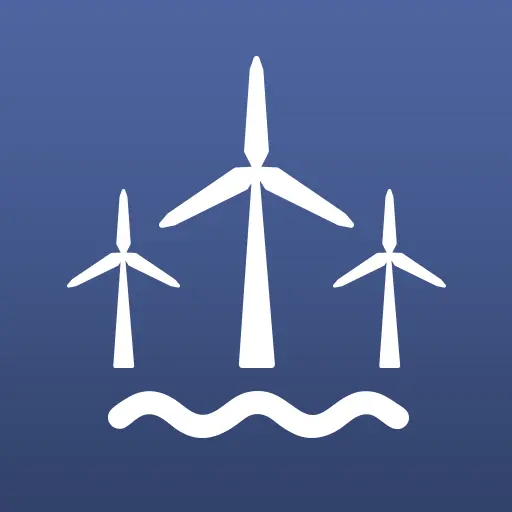
Swedish Pelagic Federation Producer Organization (SPF) represents all Swedish pelagic fishing vessels, including the herring and sprat fishery in the Baltic Sea. Our members account for approximately 90 percent of the total yearly fished volume in Sweden. We thank you for the opportunity to submit our comments.
The planned wind farm outside Klaipeda can potentially have negative effects on fish stocks caught by Swedish fishermen through e.g., underwater noise, vibrations, changing currents or electromagnetic fields around cables. The present knowledge about these influencing factors and their effect on the underwater fauna is severely lacking. SPF has therefore in the initial consultation pointed out that it is of utmost importance that these factors and their cumulative effects on fish and other underwater fauna are carefully investigated in the Environmental Impact Assessment (EIA).
The EIA report points out that “Both constant and impulse underwater noise may have a great impact on marine environment. Marine mammals and some fish species use acoustic signals for communication and navigation purposes; any additional, that is unnatural, noise may therefore disturb or even injure marine animals”.
Moreover, it can also be read in the report that “As measurement and observation techniques advance, there is increasing evidence of the negative effects of anthropogenic noise on marine life. This noise is a major stress factor for marine organisms, causing changes, for example, in the hearing threshold (auditory ability), as well as causing behavioural and physiological changes in them.”
It is well known (and noted in the report) that Baltic herring and Atlantic sprat, found in the PEA area, are among the species most sensitive to noise. These species have sound response in the low-frequency range from a few dozen Hz to 3-4 kHz (with the highest observed sensitivity at about 100 Hz).
An operating windfarm is likely to produce a low-frequency underwater sound. In comparison with a large cargo ship which also generates a low-frequency sound, the underwater sound from a wind farm will be constant and last throughout the life of the park. Although it is clear from writings in the EIA-report that underwater noise can be very harmful to marine animals and that herring and sprat are particularly sensitive to noise, the analyses of underwater noise from the windfarm during operation is in our view inadequate. Although there are limited studies of the area, there is absolutely no reason for a flawed analysis, quite the opposite.
The EIA-report points out that most studies have shown that, in normal cases, the effect of electromagnetic fields on fish is minimal. At the same time the report states that potential cumulative effects of all power lines on fish should be taken into account (see page 61 in the summary of the report). From our side we would like to add that different species may react differently to the effects of electromagnetic fields, and we do not believe that this factor has been sufficiently analysed in the report.
It is essential that the possible effects of the planned wind farm on fish stocks in the Baltic Sea are carefully investigated and that the cumulative effects of this and other planned and existing wind farms in the Baltic Sea are considered in the analysis.
The EIA- report notes the increasing number of offshore windfarms parks in the Baltic Sea. Still, potential cumulative effects on fish of all existing and planned windfarms in the Baltic Sea are not taken into account in the analysis. The EIA should be supplemented in this regard. We note that cumulative effects are considered to a greater extent in the sections related to birds and mammals.
Annelie Rosell, SPF
